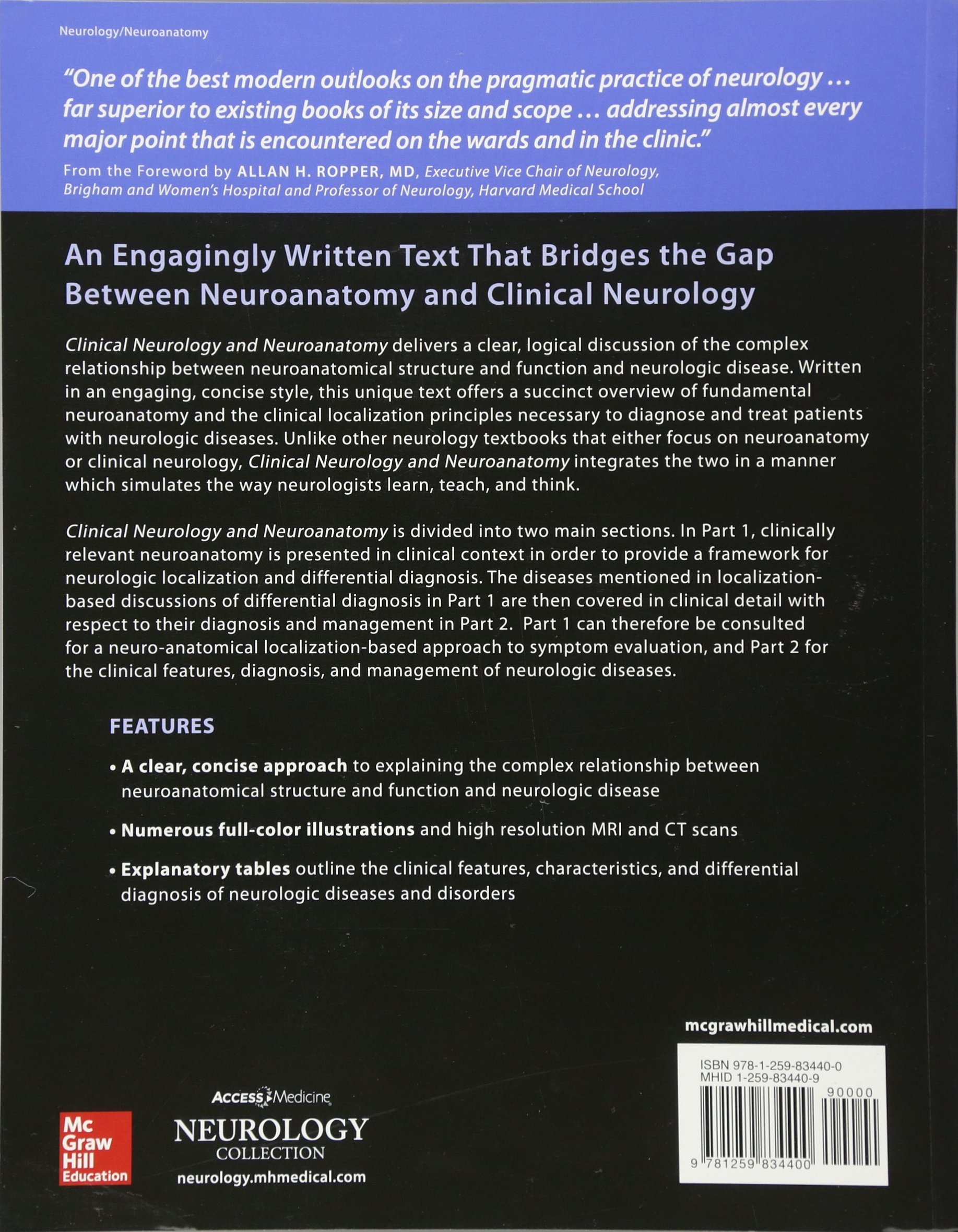Customer Services
Copyright © 2025 Desertcart Holdings Limited
Desert Online General Trading LLC
Dubai, United Arab Emirates



🧠 Elevate Your Expertise: Where Neurology Meets Innovation!
Lange Clinical Neurology and Neuroanatomy offers a comprehensive, localization-based approach to understanding the complexities of the human brain, making it an essential resource for medical professionals and students alike. With in-depth analysis, engaging visuals, and the latest research, this book is designed to enhance clinical skills and knowledge in neurology.





Trustpilot
2 months ago
4 days ago